The Myth and Reality of the Dying Money Tree: Bad Luck or Just Bad Care?
Introduction
The money tree, known scientifically as Pachira aquatica, is often associated with prosperity, wealth, and good fortune. This tropical plant, native to Central and South America, has gained popularity across the globe, particularly in East Asia, where it is considered a symbol of financial success. Its braided trunk and lush green leaves are believed to embody prosperity, growth, and the intertwining of good fortune. However, what happens when this iconic plant starts to wilt, yellow, or, worse, die? For many, the decline of a money tree is not just a horticultural issue but a sign of impending bad luck. But is this belief based on reality, or is the dying money tree simply a victim of poor care? In this comprehensive article, we will explore the myth surrounding the money tree’s association with bad luck, delve into the practical reasons why a money tree might be dying, and provide detailed advice on how to revive or replace this cherished houseplant.
Origins of the Money Tree Legend
The Cultural Significance of the Money Tree
The money tree’s association with prosperity has deep cultural roots, particularly in East Asia. In countries like China, Japan, and Taiwan, the money tree is a popular gift during the Lunar New Year and other significant celebrations, symbolizing wealth and good fortune. The plant’s braided trunk and lush leaves are believed to represent the intertwining of prosperity, growth, and stability, making it a favored choice for both homes and businesses. In feng shui, the ancient Chinese practice of harmonizing with the environment, the money tree is often placed in homes and offices to attract positive energy, particularly financial prosperity.
The Legend Behind the Money Tree
One popular legend tells the story of a poor farmer who discovered an unusual tree in his field. After nurturing it, the tree grew to be strong and resilient, and the farmer noticed that its seeds and saplings were in high demand. He sold them, and through this endeavor, he became wealthy. This story helped solidify the money tree’s reputation as a symbol of luck, wealth, and financial success. The tree’s ability to thrive under various conditions further reinforced its status as a plant that brings good fortune to those who care for it.
The Symbolism of the Braided Trunk
The money tree’s distinctive braided trunk is more than just an aesthetic choice; it carries symbolic meaning. The braiding represents the interweaving of different elements of life—health, wealth, happiness, longevity, and prosperity—coming together to create a strong foundation. The number of stalks braided together also carries significance, with five stalks representing the five elements of feng shui: wood, water, metal, fire, and earth. This connection to natural elements further amplifies the belief that the money tree can harmonize and balance the energies within a space, promoting overall well-being and success.
Superstition of the Dying Money Tree
Bad Luck or Just a Belief?
Given the money tree’s reputation as a symbol of prosperity, it’s not surprising that people might see its decline as a sign of bad luck. The idea that a dying money tree could lead to financial misfortune is a common superstition, particularly in cultures where the plant is widely regarded as a talisman of wealth. This belief is deeply rooted in the idea that plants, especially those with symbolic significance, have the power to influence the lives of those who care for them. In many cultures, the death of a household plant is often seen as an omen of misfortune, and the money tree is no exception.
The Psychological Impact of Superstition
Superstitions can have a powerful psychological effect. The belief that a dying money tree brings bad luck can cause anxiety and stress, leading individuals to interpret normal financial fluctuations or life challenges as signs of impending doom. This anxiety can create a self-fulfilling prophecy, where the stress over perceived bad luck negatively impacts decision-making and financial stability. However, it’s important to recognize that these beliefs are not grounded in fact. The health of a money tree, like any other plant, is determined by practical factors such as water, light, soil, and temperature, rather than mystical forces.
Cultural Differences in Plant Superstitions
The belief in plant-based superstitions is not unique to the money tree. Across various cultures, different plants are believed to possess spiritual or mystical qualities. For instance, in Western cultures, ivy and holly are often associated with protection and good fortune, while cacti are believed to ward off negative energy. Similarly, in some cultures, the death of a plant is seen as absorbing the negative energy in the environment, protecting the household from harm. Understanding these cultural differences can provide insight into why the money tree, in particular, is so closely associated with financial luck and why its decline might cause concern.
Why Your Money Tree Might Be Dying
Overwatering or Underwatering
One of the most common reasons for a dying money tree is improper watering. Money trees require consistently moist soil but should not be waterlogged. Overwatering can lead to root rot, a condition where the roots of the plant become saturated with water and begin to decay. Root rot is often fatal for the plant, as it prevents the roots from absorbing necessary nutrients and water, leading to wilting, yellowing leaves, and eventually the plant’s death.
Conversely, underwatering can cause the leaves to wilt, dry out, and fall off. A money tree that is not receiving enough water will struggle to maintain its vibrant green foliage, and over time, the plant will become weak and brittle. Finding the right balance in watering is crucial for the health of your money tree.
Poor Lighting Conditions
Money trees thrive in bright, indirect light. They can tolerate low light conditions but will grow more slowly and may become leggy or weak. On the other hand, too much direct sunlight can scorch the leaves, causing them to turn yellow or brown and become crispy. If your money tree is not receiving the right amount of light, it will struggle to thrive, and its overall health will decline.
Finding the right location for your money tree is essential. Ideally, place the plant in a spot where it can receive bright, indirect sunlight for most of the day. If your home or office lacks natural light, consider using a grow light to supplement the plant’s needs.
Incorrect Temperature
Money trees prefer warm, stable temperatures, typically between 65-75°F (18-24°C). They do not tolerate cold drafts, sudden temperature changes, or prolonged exposure to cold environments. If a money tree is exposed to these conditions, it may become stressed, leading to leaf drop, wilting, and eventual decline.
In winter, be especially mindful of where your money tree is placed. Avoid placing it near windows or doors where cold drafts can reach it, and keep it away from heating vents, which can dry out the air and the plant. Maintaining a stable temperature is key to ensuring the plant’s long-term health.
Improper Soil
The type of soil used can greatly affect the health of a money tree. The plant prefers well-draining soil that retains some moisture but does not stay soggy. Using the wrong type of soil, such as heavy clay or garden soil, can lead to poor drainage, root rot, or nutrient deficiencies. A good quality potting mix designed for indoor plants, with added perlite or sand for drainage, is ideal for a money tree.
Repotting your money tree every 2-3 years, or when it becomes root-bound, can also help maintain the health of the plant. When repotting, choose a pot that is slightly larger than the current one and ensure it has drainage holes to prevent water from accumulating at the bottom.
Pests and Diseases
Money trees can be susceptible to pests such as spider mites, aphids, and mealybugs. These pests feed on the sap of the plant, weakening it and causing the leaves to yellow and drop. If left untreated, a severe infestation can kill the plant. Regularly inspecting your money tree for signs of pests and taking action at the first sign of trouble can prevent these issues from escalating.
Fungal infections can also occur if the plant is kept in overly humid or poorly ventilated conditions. Symptoms of a fungal infection may include black spots on the leaves, wilting, or a powdery substance on the foliage. Treating fungal infections with a fungicide and improving air circulation around the plant can help prevent these problems.
Lack of Humidity
Money trees thrive in environments with moderate to high humidity. In dry indoor environments, particularly during winter when heating systems can dry out the air, the plant may suffer from low humidity. This can cause the leaves to brown at the edges, curl, or drop prematurely. To increase humidity around your money tree, consider using a humidifier, placing the plant on a pebble tray filled with water, or regularly misting the leaves with water.
In addition to providing humidity, grouping your money tree with other plants can create a microenvironment with higher humidity, benefiting all the plants involved. This is especially useful in dry climates or during winter months when indoor air tends to be drier.
Neglect and Poor Maintenance
Sometimes, a money tree may simply be neglected. Failing to repot the plant when it outgrows its container, forgetting to fertilize it during the growing season, or not pruning it regularly can all contribute to its decline. Regular maintenance is essential to keeping your money tree healthy and vibrant.
Pruning your money tree not only helps maintain its shape but also encourages new growth. Removing dead or damaged leaves allows the plant to focus its energy on producing healthy foliage. Additionally, fertilizing your money tree with a balanced, water-soluble fertilizer every month during the growing season can provide the nutrients it needs to thrive.
Steps to Revive a Dying Money Tree
Assess the Watering Situation
The first step in reviving a dying money tree is to assess the watering situation. Check the soil’s moisture level by sticking your finger about an inch into the soil. If the soil is waterlogged, remove the plant from its pot, gently shake off excess soil, and inspect the roots. Trim away any rotting roots and repot the plant in fresh, well-draining soil. If the soil is dry, give the plant a thorough watering, making sure to let any excess water drain out of the pot.
Consistency in watering is key to reviving a money tree. Establish a routine where you water the plant only when the top inch of soil feels dry. Avoid overwatering, as this can lead to root rot, and ensure that the pot has adequate drainage.
Adjust Lighting Conditions
If your money tree is not receiving the right amount of light, it will struggle to thrive. Ensure that the plant is placed in a location where it can receive bright, indirect light. If your money tree is in a dark corner or an area with insufficient natural light, consider moving it to a brighter spot or using a grow light to supplement its needs. Conversely, if the plant is exposed to too much direct sunlight, provide some shade or move it to a location with filtered light.
Rotating the plant every few weeks can also help ensure even growth and prevent the plant from becoming lopsided. This simple step can make a significant difference in the plant’s overall health and appearance.
Regulate Temperature and Humidity
Ensuring that your money tree is kept in a stable, warm environment is crucial for its recovery. The ideal temperature range for a money tree is between 65-75°F (18-24°C). Avoid placing the plant near drafts, air conditioning vents, or heaters, as sudden temperature changes can stress the plant. If your home or office tends to be dry, especially during the winter months, consider using a humidifier or placing a tray of water near the plant to increase humidity. Misting the leaves with water can also help maintain adequate humidity levels.
In extreme cases, placing the money tree in a bathroom or kitchen, where humidity levels are naturally higher, can help revive the plant. Just be sure the location still offers enough light for the plant to thrive.
Check for Pests and Diseases
Regularly inspect your money tree for any signs of pests or diseases. If you notice small insects on the leaves or stems, treat the plant with an appropriate pesticide or use natural remedies such as neem oil. Be sure to isolate the plant from others to prevent the pests from spreading. If your money tree shows signs of a fungal infection, such as black spots on the leaves or wilting, treat the plant with a fungicide and improve air circulation around it.
Early detection is key to preventing pests and diseases from causing significant damage. Regularly wiping the leaves with a damp cloth can help remove dust and prevent pest infestations.
Prune Dead or Damaged Leaves
Pruning is an essential part of reviving a dying money tree. Remove any yellowing, browning, or dead leaves to help the plant focus its energy on new growth. Pruning also helps maintain the plant’s shape and encourages healthier development. Use clean, sharp scissors or pruning shears to make clean cuts, and avoid cutting too close to the main stem, as this can cause damage.
Pruning should be done regularly, especially during the growing season, to promote healthy growth and prevent the plant from becoming overgrown or leggy.
Repot If Necessary
If the plant has outgrown its pot, repot it in a larger container with fresh soil. Make sure the new pot has drainage holes to prevent water from accumulating at the bottom. Repotting not only gives the roots more space to grow but also refreshes the soil, providing the plant with new nutrients.
When repotting, be gentle with the roots and avoid disturbing them too much. Choose a pot that is only slightly larger than the current one, as a pot that is too large can lead to overwatering and root rot.
Preventing Future Problems
Establish a Consistent Watering Schedule
Water your money tree when the top inch of soil feels dry to the touch. Avoid letting the plant sit in water for extended periods, as this can lead to root rot. Establishing a consistent watering schedule based on the plant’s needs and environmental conditions will help keep your money tree healthy.
If you’re unsure about the moisture level, consider using a moisture meter to check the soil before watering. This tool can help you avoid overwatering and ensure that your plant receives the right amount of water.
Provide Adequate Light
Place your money tree in a location where it will receive bright, indirect light. Rotate the plant occasionally to ensure even growth. If natural light is insufficient, use a grow light to supplement the plant’s needs.
Regularly cleaning the leaves with a damp cloth can also help the plant absorb more light by removing dust and debris that can block sunlight.
Maintain a Stable Environment
Keep the plant in a room with consistent temperatures, avoiding areas with drafts or sudden temperature changes. This will help prevent stress on the plant and ensure its long-term health.
If you live in a climate with extreme temperatures, consider moving the plant to a different location during the winter or summer months to protect it from temperature fluctuations.
Fertilize Regularly
Feed your money tree with a balanced, water-soluble fertilizer every month during the growing season (spring and summer). Reduce fertilization during the fall and winter when the plant’s growth slows down. Fertilizing regularly provides the nutrients the plant needs to thrive.
Be careful not to over-fertilize, as this can cause salt buildup in the soil, leading to root burn. If you notice white crusts forming on the soil surface, flush the soil with water to remove excess salts.
Prune Regularly
Regularly prune your money tree to remove dead or damaged leaves and maintain its shape. Pruning encourages healthy growth and prevents the plant from becoming too large for its pot.
Pruning also helps prevent the spread of diseases by removing affected parts of the plant. Always use clean, sharp tools to avoid introducing pathogens to the plant.
Monitor for Pests and Diseases
Keep a close eye on your money tree for any signs of pests or diseases. Early detection and treatment can prevent serious problems from developing. Regularly inspecting the plant and cleaning its leaves can help keep it healthy and free from infestations.
Consider placing sticky traps near the plant to catch any flying pests, and regularly inspect the underside of the leaves, where pests often hide.
The Psychological Impact of Plant Health on Perceived Fortune
How Beliefs Influence Perception
The belief that a dying money tree brings bad luck can significantly impact one’s perception of their financial and personal situation. This psychological influence can lead to stress and anxiety, which may manifest in real-world effects, even though the plant’s health is unrelated to one’s fortune.
For those who hold strong superstitious beliefs, the decline of a money tree can create a sense of dread, leading to poor decision-making and a self-fulfilling prophecy of financial difficulties. Recognizing the psychological impact of these beliefs is the first step in breaking the cycle and focusing on practical care rather than superstition.
Breaking the Cycle of Superstition
Understanding that a money tree’s health is rooted in care rather than superstition can help break the cycle of anxiety. By focusing on practical steps to care for the plant, one can alleviate concerns about bad luck and instead enjoy the benefits of a thriving houseplant.
Educating oneself about the specific needs of the money tree and taking proactive steps to ensure its health can empower plant owners to feel in control of their environment, reducing the influence of superstitions.
Conclusion
The superstition that a dying money tree brings bad luck is deeply rooted in cultural beliefs about prosperity and wealth. However, the reality is that a money tree’s health is determined by practical factors such as watering, lighting, and care. By understanding the reasons for a money tree’s decline and taking steps to address these issues, you can revive the plant and ensure it continues to thrive. Whether you see the money tree as a symbol of luck or simply as a beautiful addition to your home, proper care will allow it to flourish, bringing greenery and joy to your space for years to come.
Investing time in understanding the specific needs of your money tree, from its watering requirements to its ideal lighting conditions, will not only keep the plant healthy but also enhance the overall atmosphere of your living or working space. With the right care and attention, the money tree can continue to be a symbol of prosperity and good fortune, without the worry of superstition casting a shadow over its presence.


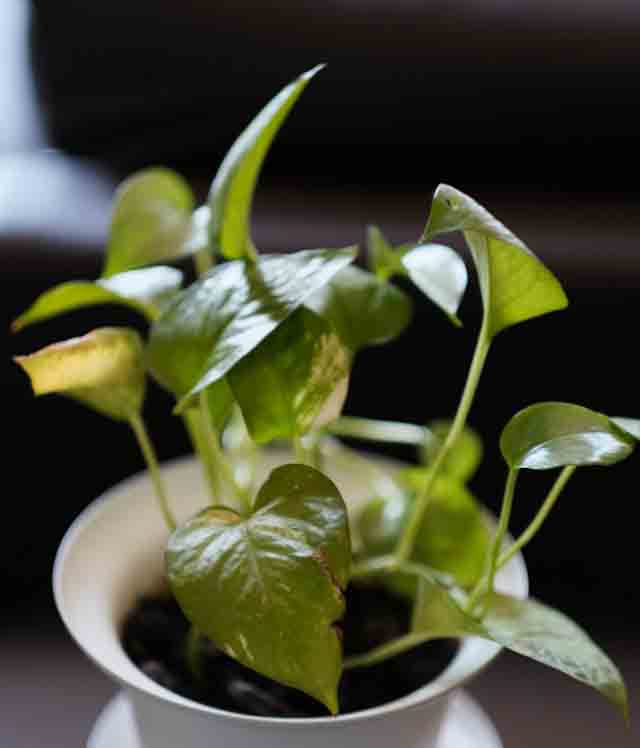
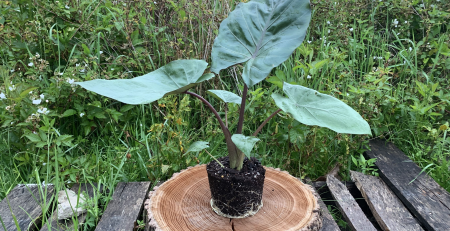
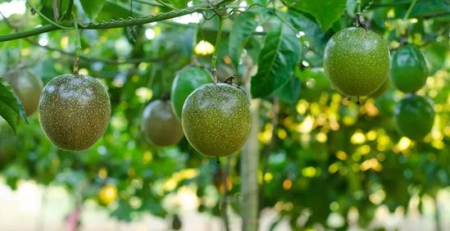

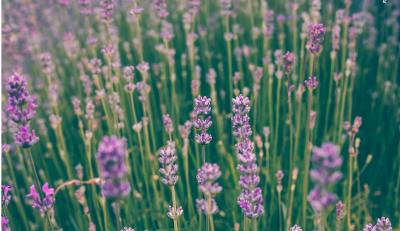

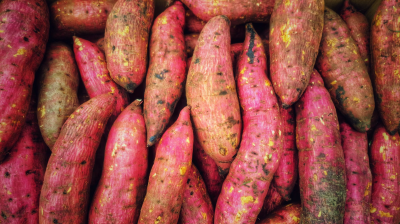

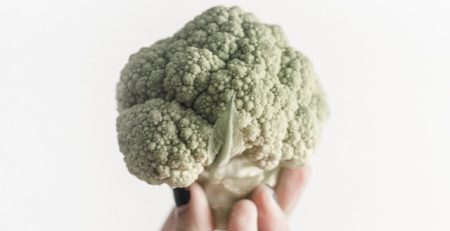
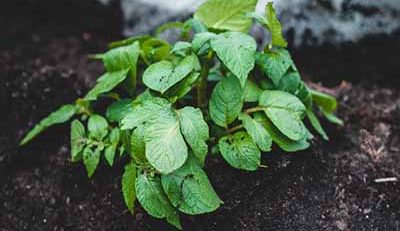
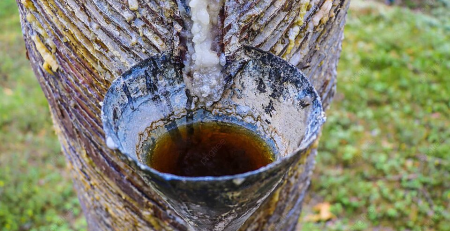
Leave a Reply